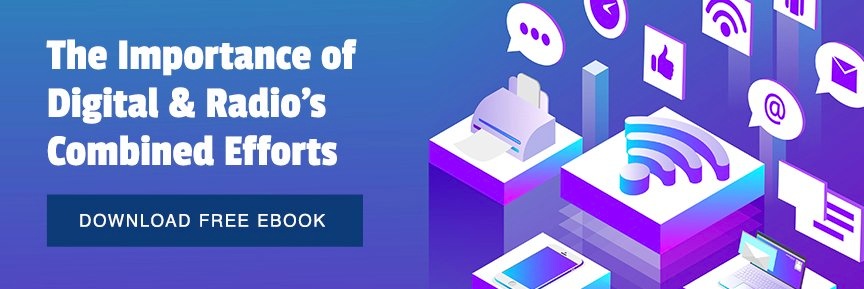In a Healthy Ad Market, Where Does Radio Fit In?
Ahead of the 2020 election, the local ad market is heating up, with marketers expected to pony up $161.3 billion on local advertising next year. That’s up a strong 5.8% from 2019 levels, according to a new forecast from BIA Advisory Services. An avalanche of anticipated political ad dollars is fueling the growth.
Overall, next year, traditional media, including AM/FM radio, will capture about 58.5% of ad dollars, or $94.4 billion, while digital media channels claim the remaining 41.5%, equal to $66.9 billion.
For its part, local radio is expected to take in $12.8 billion in ad revenue. And while that is a healthy sum, it is down fractionally -- 0.2% to be precise — from 2019 levels. One reason radio didn’t slip further is because of is a popular advertising choice for local and national political advertising, BIA noted.
Indeed, 2020 is shaping up to be a banner year for political advertising from local, state and national candidates, including the presidential election, as well as advocacy groups, issue-based ads and political action committees. In fact, BIA expects radio to take in $312 million next year from political ads, accounting for about 5% of all local political ad dollars.
Overall, in 2020, BIA projects that political advertising on local media will total $6.58 billion. Local TV stations will grab the lion’s share of those dollars, and local TV broadcasters’ expect haul of $3.07 billion represents nearly half of all local political ad spending, BIA said. Online and digital will receive about 22% of local political dollars, or $1.42 billion, cable will account for 13.9%, or $915 million, and over-the-top digital video services (OTT), which is relatively new on the political ad scene, will nab $51 million, less a 1% share.
“The expectation of an aggressive presidential election next year, along with primaries and state-wide races, indicate that political ad spending will be a serious driver of local ad revenue next year,” said BIA’s Chief Economist Mark Fratrik.
Among digital platforms, BIA projects that $29.5 billion will go to mobile next year and that will swell to $44.6 billion by 2024. Among those mobile buys, nearly 40% will go to native social.
With digital playing a prominent — and growing — role in political advertising, radio stations have opportunities to offer their digital platforms to political advertisers. That includes mobile apps, websites, digital streaming and podcasts. In fact, among audio platforms, local radio is the most powerful way to reach potential voters, according to a report by Edison Research and radio network Westwood One. AM/FM radio reaches 80% of registered voters, while podcasts reach 7% of voters.

